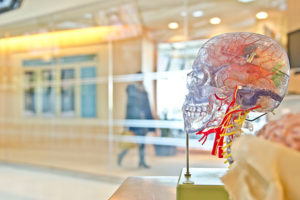Whether in eyewitness identifications outside the courtroom or witness testimony inside the courtroom, human memory has been treated with special deference. This deference followed from the now outdated notion that the brain stores memories in much the same way as a video camera, and that these memories are flawlessly retrieved at the will of the observer. We now understand that memories are not unitary: there are explicit and implicit types of memory as well as short and long term memories, with complicated processes of encoding and retrieval. At every step, the formation, storage and retrieval of memories may be influenced or distorted by other cortical processes or by illness and injury. This revised conception of human memory may necessitate a new legal framework which permits challenges to eyewitness accounts based upon scientific evidence regarding the limitations of recollection. The members of the Center for Law, Brain & Behavior have begun a project on the treatment of memory in the courtroom, with an initial phase consisting of a review and synthesis of the new neuroscience of memory as it relates to courtroom testimony of witnesses and defendants.
The long range goal of the project on Memory in the Courtroom is to use recent discoveries in neuroscience, neurology and psychiatry to update and clarify the treatment of human memory in the courtroom.
Watch video from the “Memory in the Courtroom: Fixed, Fallible, or Fleeting?” event, featuring Dr. Daniel Schacter, Dr. Ronald Pitman, Hon. Nancy Gertner, and investigative journalist Dick Lehr, moderated by CLBB Co-director Judith Edersheim.





